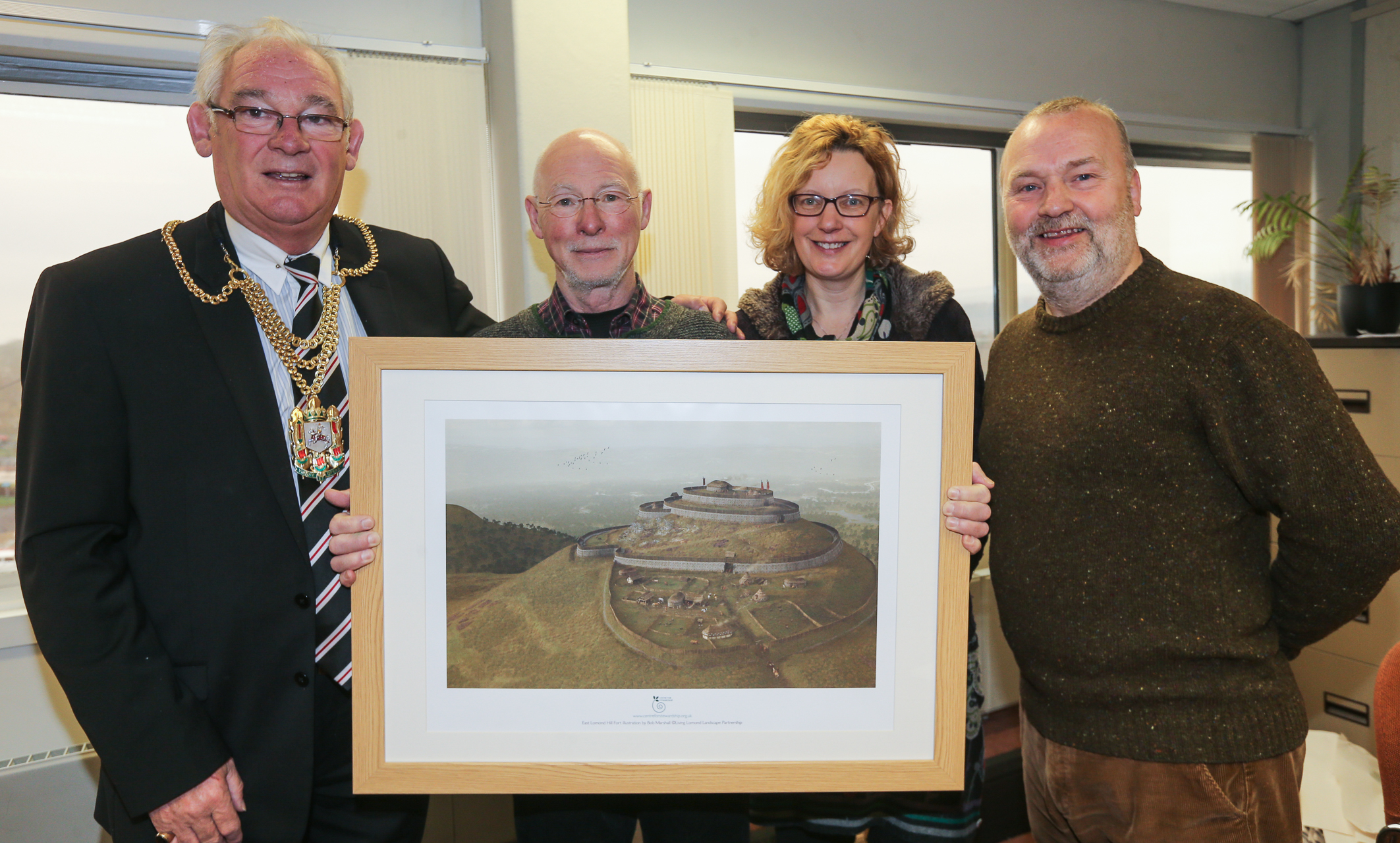East Lomond hill in Fife was once home to a powerful chieftain or king, according to local historians.
Falkland Stewardship Trust has uncovered evidence the local landmark was the site of a significant Iron Age hillfort and was in use during the Pictish period around the 7th century.
Fascinating details about East Lomond’s history were revealed during a community excavation in 2014 and the trust is now planning another dig to take place this summer.
The group has been awarded £10,000 by the Heritage Lottery Fund, £5,000 from Glenrothes area committee and £2,500 from the north east Fife local community planning budget to take investigations further.
Trust chairman Dr Peter Burman said: “Although we still need to secure a bit more funding, things are looking positive for a major summer project on East Lomond and I’d urge anyone who’s interested in helping us to get in touch.
“Fife has a rich archaeological heritage and the finds on this site suggest that the East Lomond hill fort was indeed home to a powerful local chieftain or possibly a kingship of the southern Picts.
“Our work is adding previously unknown and unrecorded activity and knowledge to the Scottish archaeological record. If we secure sufficient funding, we hope that this year’s community excavation will reveal even more about this ancient seat of power and influence.”
The trust recently met Provost of Fife Jim Leishman and presented him with a framed illustration of what the hill may have looked like in centuries past.
Mr Leishman said: “I love to walk around Fife and admire the natural beauty of the landscape but I didn’t realise I could be walking through the home of ancient kings at East Lomond. It just goes to show that Fife has always been a desirable place to live.
“The Stewardship Trust has really brought the scene to life for me and I hope this project captures the imagination of other local people. This is a wonderful opportunity to get involved in uncovering the mysteries of our past.”
The next community dig is planned for May or June of this year with more details to follow on the trust’s web page.
